IoT Levels and Deployment Templates
In this article we discuss various IoT Levels and Deployment templates. We know that we can’t use same approach for every problem statement. After a long search on internet, I found some IoT Deployment templates. These are 6 IoT Deployment templates. It is based on Complexity.
An IoT system comprises of the following components:
- Device: Allows identification, remote sensing, actuating and remote monitoring capabilities. IoT devices include wireless sensors, software, actuators, and computer devices. They are attached to a particular object that operates through the internet, enabling the transfer of data among objects or people automatically without human intervention. Read more…
- Resource: These are Software components on the IoT device for accessing, processing, and storing sensor information, or controlling
actuators connected to the device. - Controller Service: A native service that runs on the device and work between node device and web services. Controller service sends data from the device to the web service and receives commands from the application (via web services) for controlling the device.
- Database: A storage place for Collected or generated data. It can be local or cloud based.
- Web Service: Web services serve as a link between the IoT device, application, database and analysis components. Web service can be either implemented using HTTP and REST principles (REST service) or using WebSocket protocol (WebSocket service).
- Analysis Component: Responsible for analyzing the IoT data and generate results in a form which are easy for the user to understand.
- Application: IoT applications provide an interface that the users can use to control and monitor various aspects of the IoT system. It allow users to view the system Monitor and processed data.
IoT Levels and Deployment Templates
IoT Level-1
• A level-1 IoT system has a single node/device that performs sensing and/or actuation, stores data, performs analysis and hosts the application • TIt is suitable for modeling low- cost and low-complexity solutions where the data involved is not big and the analysis requirements are not computationally intensive.
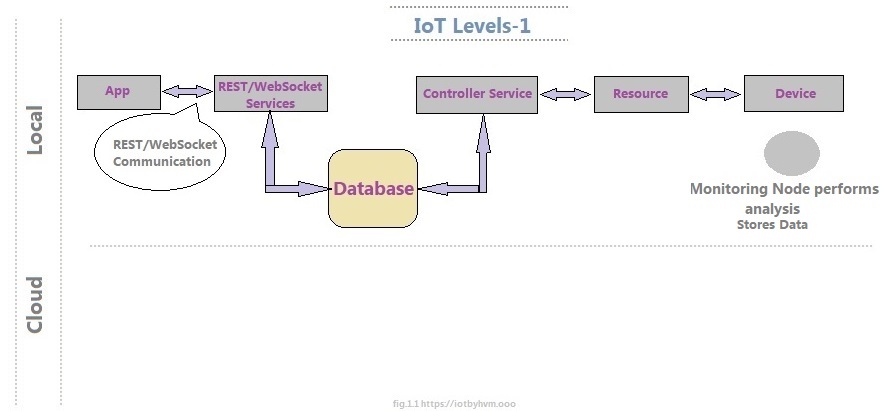
IoT Level-2
• It has a single node that performs sensing and/or actuation and local analysis (IoT Device and collected data).
• In this IoT Level Database and application establish in Cloud.
• It is useful for solutions where the data involved is big, however, the primary analysis requirement is not computationally intensive and can be done locally itself.

IoT Level-3
• It has has a single node. Database and application establish in the cloud.
• It is suitable for solutions where the data involved is big and the analysis requirements are computationally intensive.
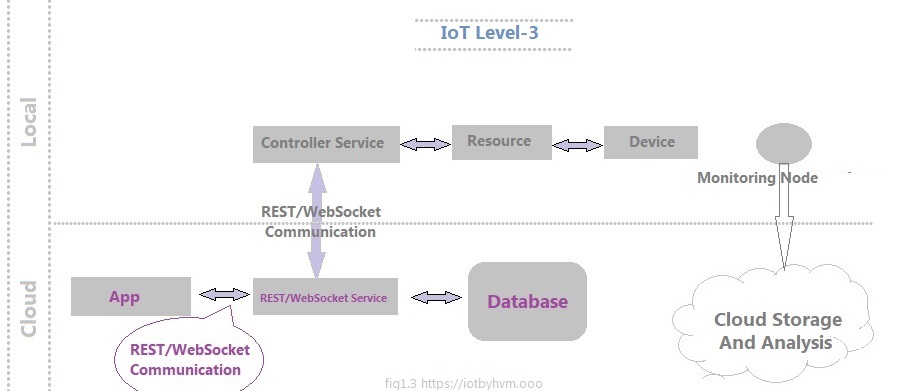
IoT Level-4
• It has multiple nodes that perform local analysis. It has Cloud based application and database. These IoT System contains local and cloud- based observer nodes which can subscribe to and receive information collected in the cloud from IoT node devices.
• It is suitable for solutions where we are using multiple nodes, the data involved is big and the analysis requirements are computationally intensive.
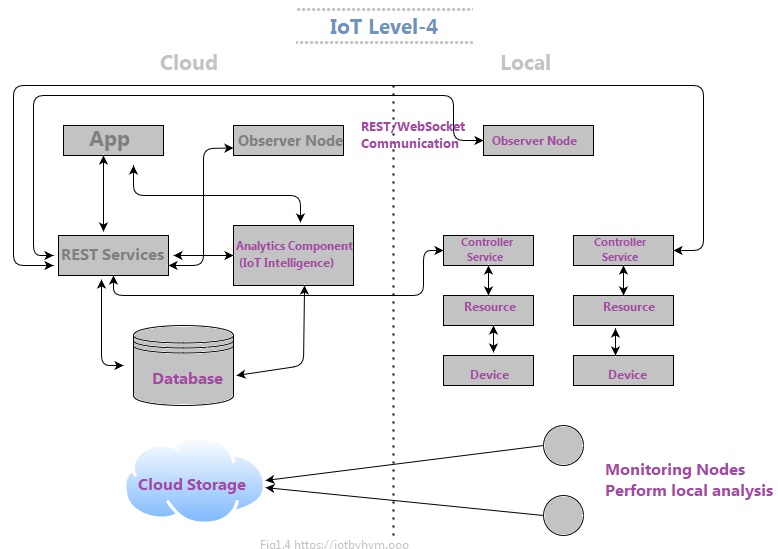
IoT Level-5
• It has multiple end nodes and one coordinator node. The end nodes use for sensing and/or actuation.
• In this model Coordinator node collects data from the end nodes and transfer to the cloud. In this model we used Cloud-based Database for store and Analyze data.
• It is suitable for solutions based on wireless sensor networks, in which the data involved is big and the analysis requirements are computationally intensive.
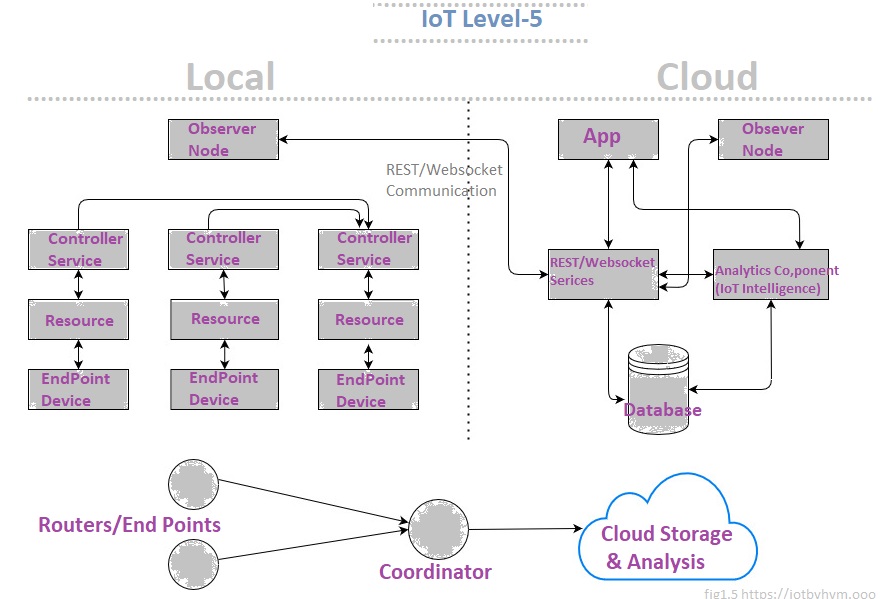
IoT Level-6
• It has multiple independent end nodes that used for sensing and/or actuation and transfer data to the cloud. We used Cloud-based database.
• The analytics component analyzes the data and stores the results in the cloud database and results are visualized with the cloud-based application.
• The centralized controller is aware of the status of all the end nodes and sends control commands to the nodes
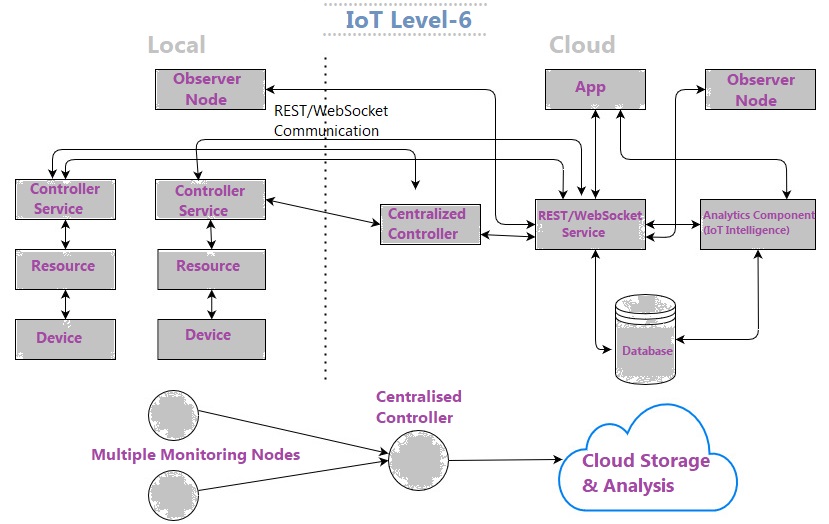
Recommended: Internet of Things (IoT) Introduction | IoT Tutorial Part-1 | IoT Basics
This IoT tutorial covers following terms in this article :
- What is IoT | Internet of things
- Physical and Logical Design of IoT
- Physical design of IoT
- Things
- IoT Protocols
- Logical design of IoT
- IoT Functional Blocks
- IoT Communication Models
- IoT Communication APIs
- Physical design of IoT
- Internet of Things Protocols
- IoT Data Protocols
- Wireless IoT Network Protocols
- IoT Enabling Technologies
- Domain Specific IoTs | IoT Applications
- Goverment Application in IoT
- Role of IoT in Smart City
So, After reading this article I Hope you like our explanation. We covered a detailed information about Internet of things. Furthermore, stay tuned to learn more about Internet of Things (IoT). Till then keep visiting my blog and give your valuable feedback.
You may like also: Internet of things Operating Systems

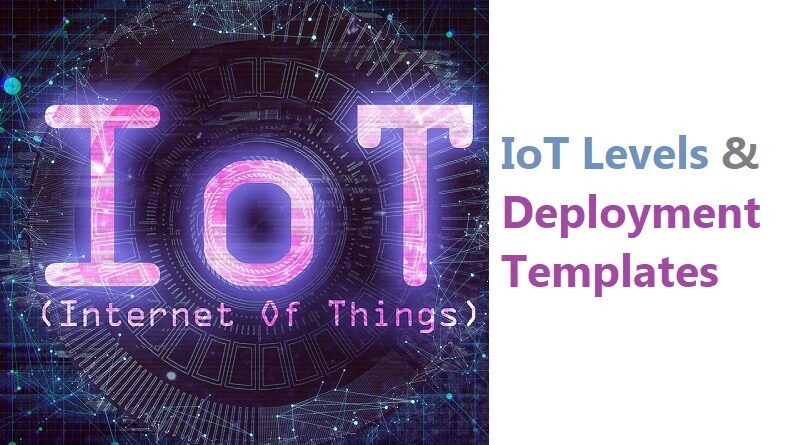
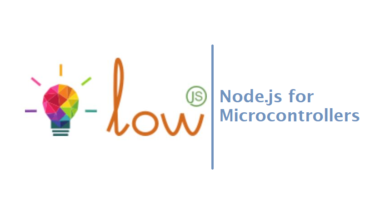


Thank you for sharing great Information